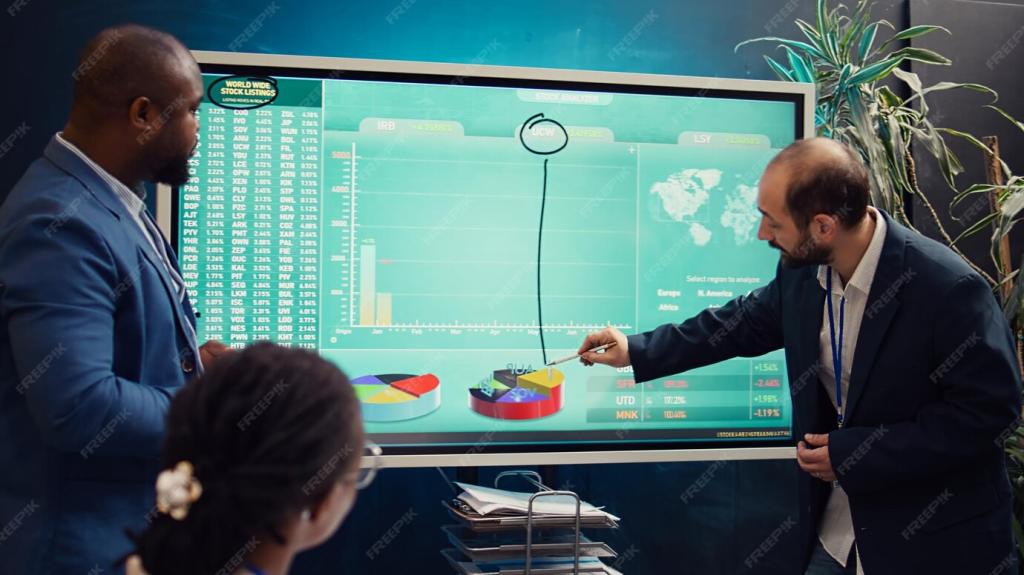Building Tomorrow: Innovative Consulting Approaches for the Construction Sector
Chosen theme: Innovative Consulting Approaches for the Construction Sector. Expect bold strategies, practical tools, and stories from the field that help owners, contractors, and designers deliver safer, faster, and more sustainable projects with confidence.


We kick off with a crisp pre-mortem: define what could fail, quantify impact, and test early constraints with quick models. A hospital client avoided six weeks’ delay by validating crane swing limits in week one.

Instead of generic checklists, we enter the site with hypotheses: congestion hotspots, material choke points, or sequencing risks. Each walk tests, measures, and updates a living playbook the team actually uses daily.

Which preconstruction ritual saves your projects? Share your story and subscribe for monthly field-tested frameworks that turn strategic intent into site habits without adding meetings, paperwork, or cluttered dashboards.
Digital Twins, Real Decisions
Launch with a minimal twin focused on one constraint, like crane utilization or concrete curing windows. Prove value in two sprints, then expand scope. Adoption follows usefulness, not mandates or glossy roadmaps.


Digital Twins, Real Decisions
We fuse sensors, lookahead plans, and weather tracks into alerts expressed in crew language: what task changes, who moves, and why. Credibility comes when forecasts match field reality at least eight times out of ten.
IPD playbooks in practice
We establish a Big Room rhythm, decision cadences, and constraint boards tied to earned value. One school project held contingency under two percent by co-locating trades during design and locking takt before procurement.
Alliance metrics that matter
Shared pain–gain works when metrics reflect field reality: rework hours, percent plan complete, and near-miss closeout time. We wire incentives to behaviors the crew controls, not abstract office-only indicators.
Your experiences shape our next guide
Have you tried IPD or alliancing? Tell us where friction lives—legal, cultural, or procedural. Comment below, and we will include anonymized lessons in our upcoming practical guide for collaborative delivery leaders.
Decarbonization and Circularity as Competitive Advantage
Whole-life carbon as a design driver
We bring early parametric models that compare structural systems, envelope choices, and mechanical strategies by cost, schedule, and embodied carbon simultaneously. A distribution center saved steel, time, and emissions by switching spans.
Circular procurement without chaos
We map salvage opportunities, material passports, and vendor take-back options during design, not after demolition. Clear acceptance criteria and barcode tracing made reuse predictable on a retrofit that trimmed waste by forty percent.
Share hidden wins
Where did your team find unexpected carbon savings—mix designs, logistics, or design tweaks? Share your examples, and subscribe for our monthly low-friction sustainability tactics tailored for real construction schedules and budgets.
Industrialized Construction: From Site to Factory
We translate design into repeatable work packages, set beat times, and test buffer sizes with historical variability. One housing program cut interiors cycle time by half using bathroom pods synchronized with drywall crews.
Industrialized Construction: From Site to Factory
Crates, crane picks, and laydown drive architecture more than we admit. We co-design connection details for fast alignment and minimal rework, then simulate travel paths to prevent yard gridlock during peak deliveries.



